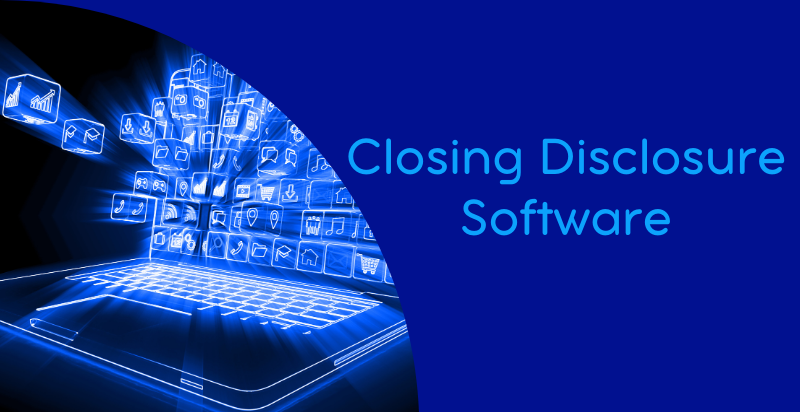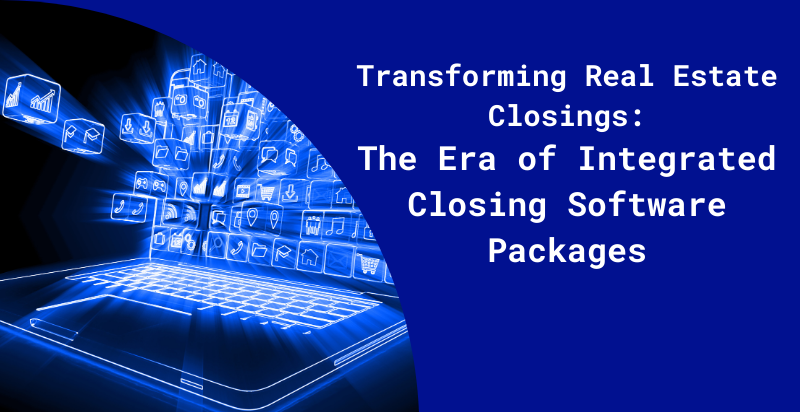
In the evolving landscape of real estate law, automation is reshaping legal practices, going beyond routine tasks and emphasizing collaboration between technology and legal expertise. This transformation, led by companies like Titlesprint, enhances efficiency, accuracy, and client services while presenting challenges related to ethics, skill adaptation, and data security. The future promises even greater integration with artificial intelligence, increased customization, and improved decision-making capabilities, requiring legal professionals to navigate the delicate balance between traditional practices and technological advancements for success in the 21st century legal world.

Before we explore the software, it’s important to understand what a Closing Disclosure is. The CD is a five-page document required by the Truth in Lending Act (TILA) for most real estate transactions. It provides a detailed breakdown of all the costs associated with the mortgage, including the interest rate, monthly payments, and the total closing costs for both the buyer and the seller. The law requires that the buyer receive this document at least three business days before closing, ensuring they have ample time to review the terms and costs.
With the advent of technology and the increasing demand for efficiency and accuracy in real estate transactions, Closing Disclosure software has emerged as a game-changer. This specialized software streamlines the creation, distribution, and management of the Closing Disclosure form, ensuring compliance with federal regulations while enhancing the closing experience for all parties involved.
Closing Disclosure software integrates with other systems involved in the real estate transaction process, such as loan origination systems (LOS), title insurance, and escrow services. It automates the collection and verification of financial information, calculates fees, and generates the Closing Disclosure document. Here’s a closer look at the process:
The advantages of using Closing Disclosure software extend to all parties involved in a real estate transaction:
The introduction of Closing Disclosure software has transformed the closing process in real estate transactions, offering a blend of compliance, efficiency, accuracy, and security. As the real estate industry continues to embrace digital solutions, the role of such software will only grow in importance, ensuring that the final steps of buying or selling a property are as smooth and stress-free as possible. For real estate professionals, embracing this technology means staying ahead in a competitive market, offering superior service to clients, and navigating the complexities of closing with confidence and ease.





Get in touch with us now by filling in this form, or email us at titlesprint.prod@sprinterra.com